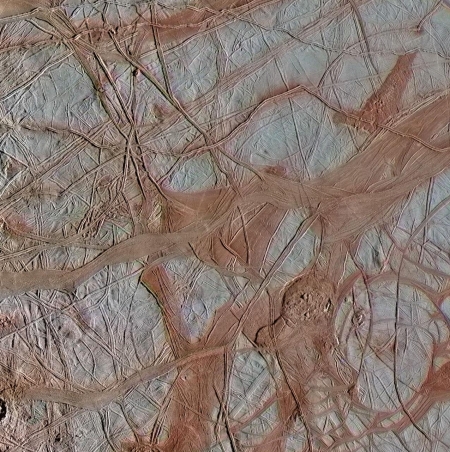Japan tests new engine for new rocket
Capitalism in space: Mitsubishi has successfully tested the new engine it will use in the new rocket, the H3, that it is building for Japan’s space agency, JAXA.
JAXA reports that the engine fired for the planned duration of 240 seconds (4 minutes) at the space agency’s Tanegashima Space Center. It was the seventh hot fire of the new engine, which is powered by liquid oxygen and liquid hydrogen.
JAXA plans H-3’s first test launch by the end of the nation’s 2020 fiscal year, which began on April 1 and will end on March 31, 2021. It is not known whether work slow downs resulting from the coronavirus (COVID-19) pandemic will affect the schedule.
The two-stage H3 is intended to be a more affordable and flexible replacement for the H-IIA and H-IIB boosters now in use. The new rocket is designed to place payloads weighing 4,000 kg (8,818 lb) or more into sun-synchronous orbit at 500 km (310.7 miles) or 6,500 kg (14,330 lb) into geosynchronous transfer orbit.
I do wish JAXA or Mitsubishi would give this rocket a more interesting name. It would help their woeful marketing attempts to sell it to other customers.
Capitalism in space: Mitsubishi has successfully tested the new engine it will use in the new rocket, the H3, that it is building for Japan’s space agency, JAXA.
JAXA reports that the engine fired for the planned duration of 240 seconds (4 minutes) at the space agency’s Tanegashima Space Center. It was the seventh hot fire of the new engine, which is powered by liquid oxygen and liquid hydrogen.
JAXA plans H-3’s first test launch by the end of the nation’s 2020 fiscal year, which began on April 1 and will end on March 31, 2021. It is not known whether work slow downs resulting from the coronavirus (COVID-19) pandemic will affect the schedule.
The two-stage H3 is intended to be a more affordable and flexible replacement for the H-IIA and H-IIB boosters now in use. The new rocket is designed to place payloads weighing 4,000 kg (8,818 lb) or more into sun-synchronous orbit at 500 km (310.7 miles) or 6,500 kg (14,330 lb) into geosynchronous transfer orbit.
I do wish JAXA or Mitsubishi would give this rocket a more interesting name. It would help their woeful marketing attempts to sell it to other customers.

